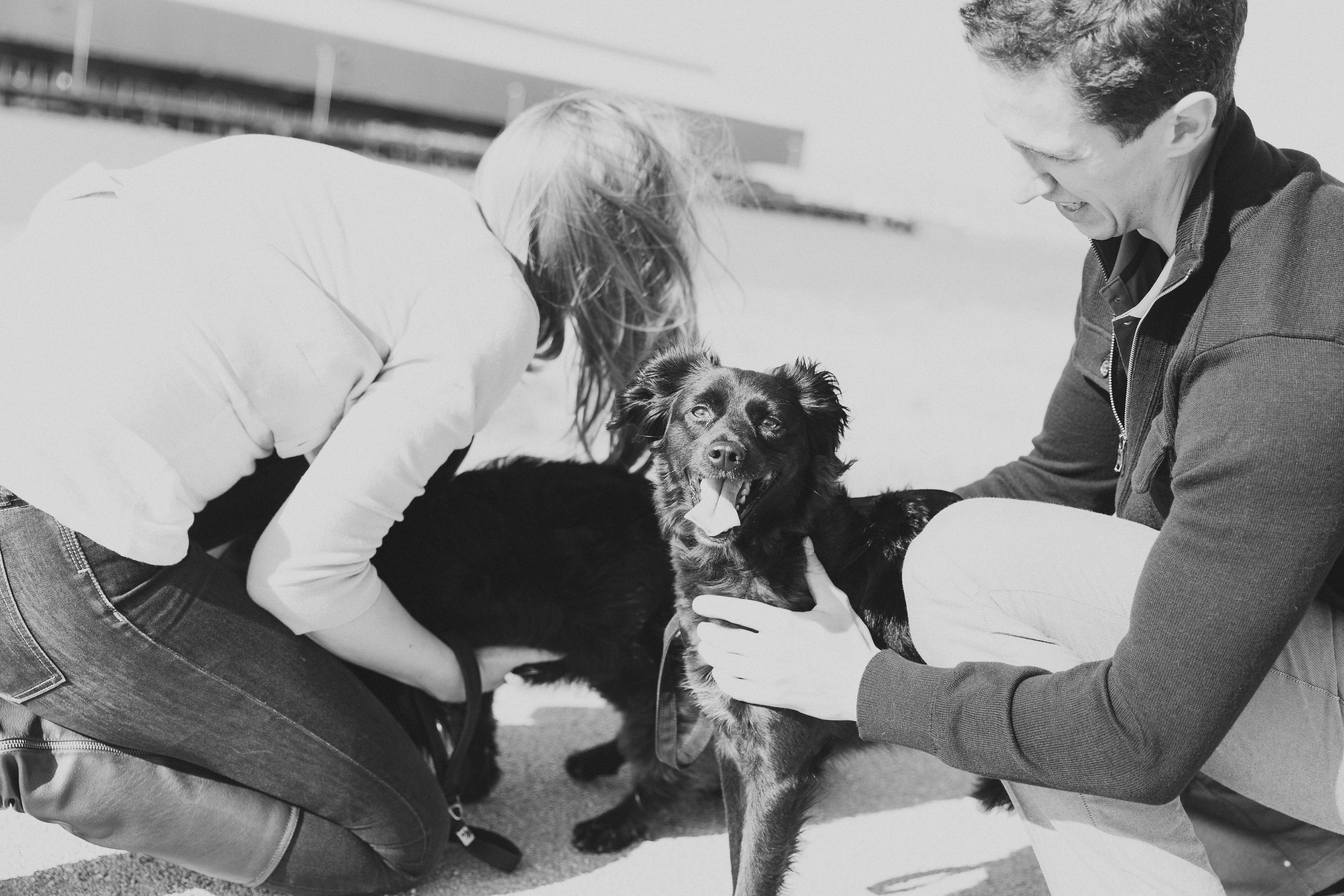One of the most common problems in having a dog is the separation anxiety they feel when left alone. It manifests in several symptoms that include salivating, defecating, urination, whining, and destroying items in the household. People often misinterpret this as misbehavior instead of seeing it as a serious psychological condition. While some dogs chew on the rug because they are bored, others, such as the ones suffering from separation anxiety, are in a serious state of panic. They don’t know how to handle what they feel and that is why you end up with a tattered couch!
It’s easy to tell if your dog is just misbehaving or already suffering from separation anxiety. If the symptoms mentioned earlier only occur when you’re about to leave the house or in your absence, these are all signs that your pet is feeling panicky and already in dire need of help.
“While some dogs chew on the rug because they are bored, others, such as the ones suffering from separation anxiety, are in a serious state of panic.”
Finding Help
Your vet could prescribe drugs to help support the dog’s rehabilitation. However, results from such types of medications are only temporary. Treating separation anxiety requires behavioral modification. For this, you may need to get the services of an experienced dog trainer or behaviorist. The behavioral modification is called desensitization by vets. Dog trainers on the other hand call it obedience training. The key here is to help the dog get used to the idea that he’ll do just fine even without the presence of its owner. You should be able to control the symptoms inthe span of eight weeks or less, but in rare cases it could take even longer.
One way to do this is by not giving your dog any attention such as patting its head as you are about to leave the house. Responding to its panic attacks in any way is like putting gasoline on fire – it only amplifies it. Just like children, dogs respond according to what they see in their parents. Remember how it waswhen you were teaching your kids how to walk? You were not supposed to scream the moment they fall down not unless you want them to end up in tears. The same is true for pets. They sense what you feel and if they feel that you are calm, they usually end up picking up the vibes and feel the same.
Some dog trainers recommend the use of crates. According to them, the crate becomes a safe haven for the dog where he feels protected. Exercise also helps calm an anxious dog.
Bottom Line
Separation anxiety is real but treatable. Addressing it requires the help of an expert and diligence on your part as a pet parent!

Image by Denis Doukhan from Pixabay
If you enjoyed this post, you should read Dog Training: The Infamous Recall here.
Does your dog get desctructive when you leave?
